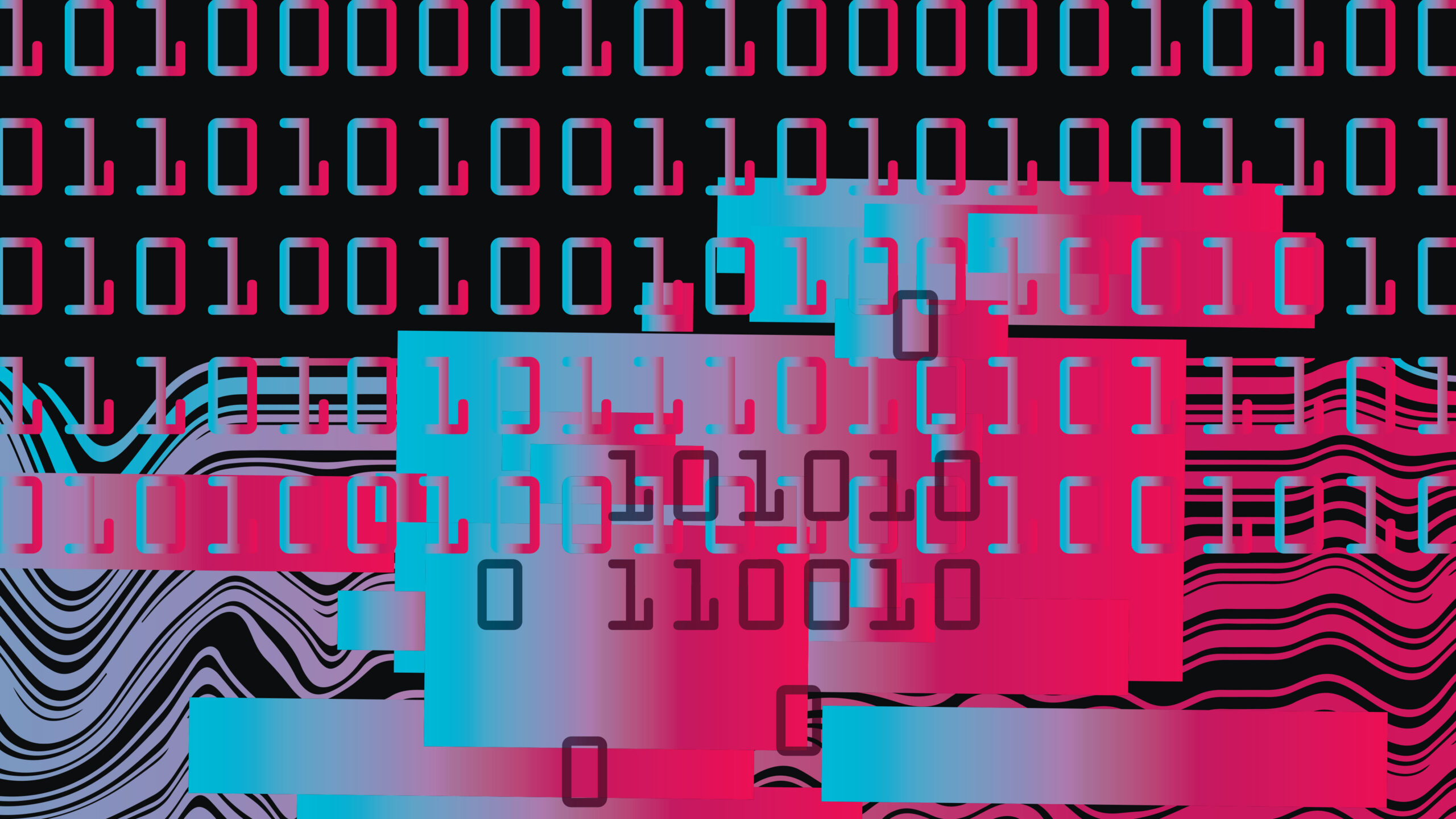At this point, working from home is nothing new.
When COVID-19 precautions sent customer experience teams scrambling to get agents set up remotely, the goal was simply to make it work. Then, once operations were functional, teams began rewriting policies, developing new training, and investing in new equipment and technology. But now that a remote workforce is here to stay for many companies, it’s time for CX leadership to focus on optimizing the work-from-home experience in a way that benefits both the agents and the brand. One tool to support that goal? The intelligent automation of attended AI technology.
Working from home brings both benefits and obstacles, with three of the biggest challenge areas for remote CX teams involving training and coaching, agent performance, and security and risk management. An attended AI platform like Laivly bridges the gap in these areas, providing agents and leaders extra support—which is especially important outside of a more collaborative onsite environment. Let’s take a look at how attended AI can help contact centers and customer service programs tackle these WFH struggles.
1. On-the-Spot Coaching and Training
In a traditional onsite contact center environment, agents go through extensive training before they take any calls or handle any emails. Trainers can supervise progress, guide participation, and get a sense of an agent’s readiness. Once on the floor, agents have access to a team lead and other agents, should they need help in the moment. But when working from home, a new agent is more isolated. It becomes challenging for a supervisor to assess how well a trainee paid attention or grasped the information presented, and the agent loses the ability to see at a glance if someone is available to help them when they get stuck.
This is where an attended AI solution can deliver extraordinary value. When an agent has this type of tool installed on their computer, it can eliminate a lot of the guesswork and policy recall for an agent, which is useful for both new and experienced employees—especially when working remotely. The AI can surface a customer’s information and history, predict why they might be calling, and guide the agent through appropriate workflows. In much the same way a GPS prompts a driver to take the best route and offers turn-by-turn guidance, attended AI uses machine learning and intelligent automation to direct an agent through a call or contact. And like with GPS, the agent is always in the driver’s seat, able to choose an alternate or modified path if necessary. Training and coaching, then, can be more focused on refining soft skills and clarifying concepts rather than memorizing policies and workflows, and agents have assistance at their fingertips when they need it.
2. Comprehensive Performance Management
In a contact center, agent performance is always top of mind. As case volume has surged since the pandemic, agents are under increasing pressure to solve as many customer issues as they can, as quickly as they can, and with great accuracy. How can CX leaders ensure agents are working mindfully and efficiently while working from home? An agent’s case quantity and average handle time (AHT) doesn’t say anything about the quality or accuracy of the calls or emails, while the traditional QA process of randomly selecting a few cases to review doesn’t tell the whole story, either.
Attended AI goes beyond just providing a comprehensive picture of how an agent—or an entire team of agents—is performing. Yes, this technology can deliver a wealth of useful data, but it also works to improve that data. By augmenting the agents with intelligent automation, much of the time-consuming busywork—from finding and copying customer information to predicting the best email response to a query or pulling up a relevant knowledge base article—happens in the background while the agent focuses on the customer. Not only does this save time, thereby decreasing AHT, but it also increases the accuracy of each interaction. Essentially, every single case receives in-the-moment QA review. Agents can handle a higher volume of cases in less time with fewer mistakes, without added pressure. When agents are working at home, without the in-person oversight that comes from being in a call center environment, attended AI provides the gentle nudge to keep them on task and reaching their KPI goals.
3. Minimizing Fraud and Security Risks
Almost by definition, customer service programs deal with sensitive personal information every day. From a customer’s name and address to their order history, credit card information, and more, plenty of personal identifying information (PII) is in play. In an onsite contact center environment, security measures and extensive risk management minimize the opportunity for breaches or fraud. But when customer service agents are working from home, brands no longer have the same level of control over security.
The vast majority of employees have the best intentions, but the same can’t always be said for roommates or family members. With attended AI technology, gone is the need to take notes by hand—and any resulting accidental exposure of PII left lying around. The AI documents steps taken throughout the interaction and copies over PII and other information automatically. This helps to manage potential data mishandling.
Additionally, attended AI combats fraud, both intentional and unintentional. Legacy systems and tools with open dollar fields or other refund detail fields can be locked using intelligent overlays. Agents aren’t able to replace a customer’s bank information with their own, for example, or mistakenly transpose a refund amount to the customer’s benefit. AI can ensure these types of details match the original purchase.
Attended AI Supports Agent Success, Both Remote and Onsite
Whether a brand decides to have their customer experience team work onsite, at home, or a mix of both, attended AI technology delivers a way to ease some of the challenges inherent in an agent’s job. It augments agents, supporting them on demand, streamlining their workflows, and providing unobtrusive oversight. Companies benefit from agents who are more confident and consistent in their jobs. It’s a win-win.







